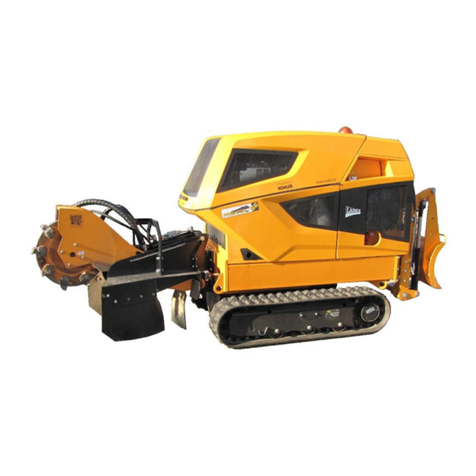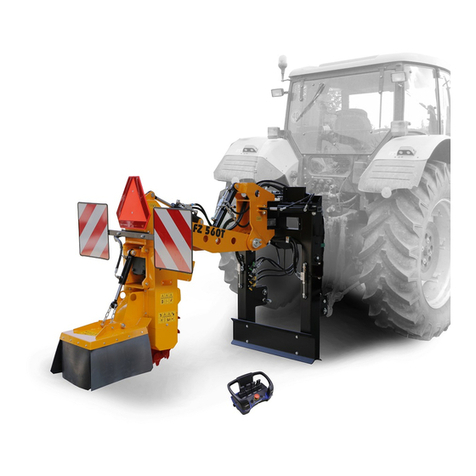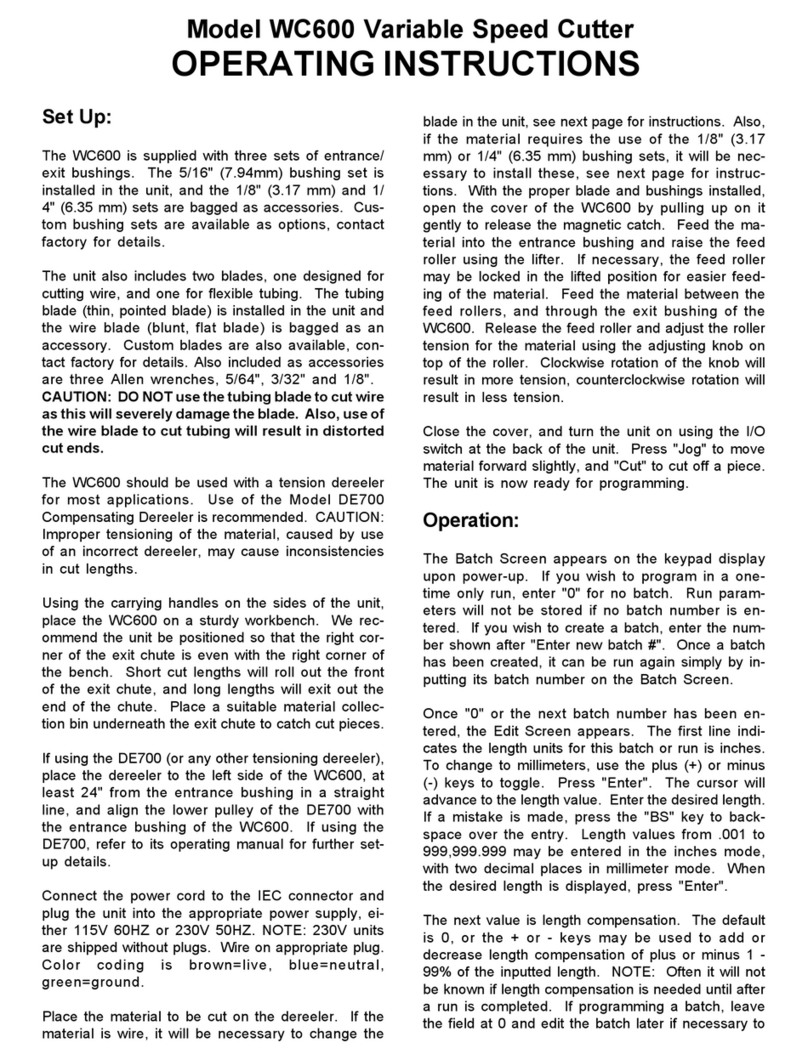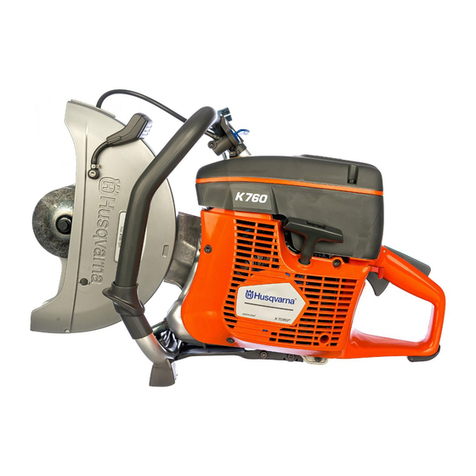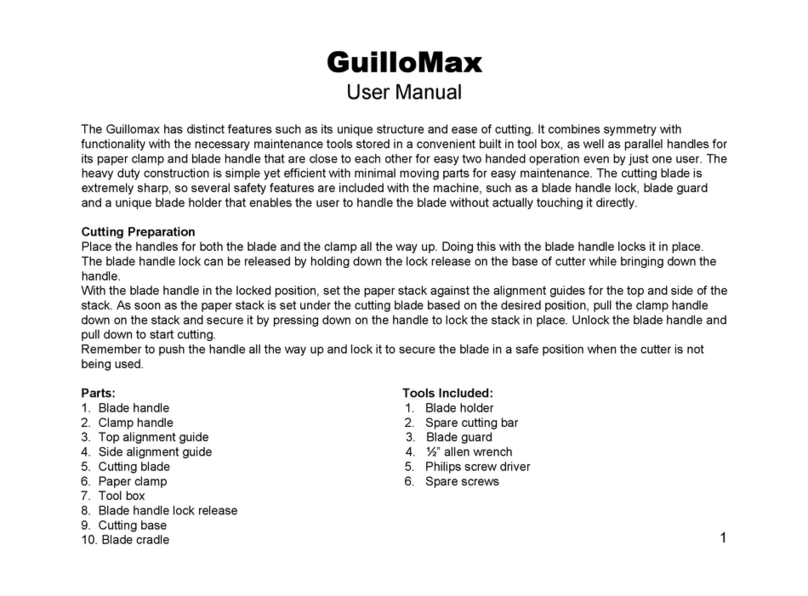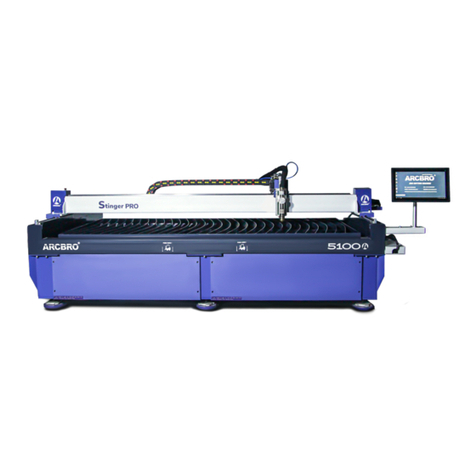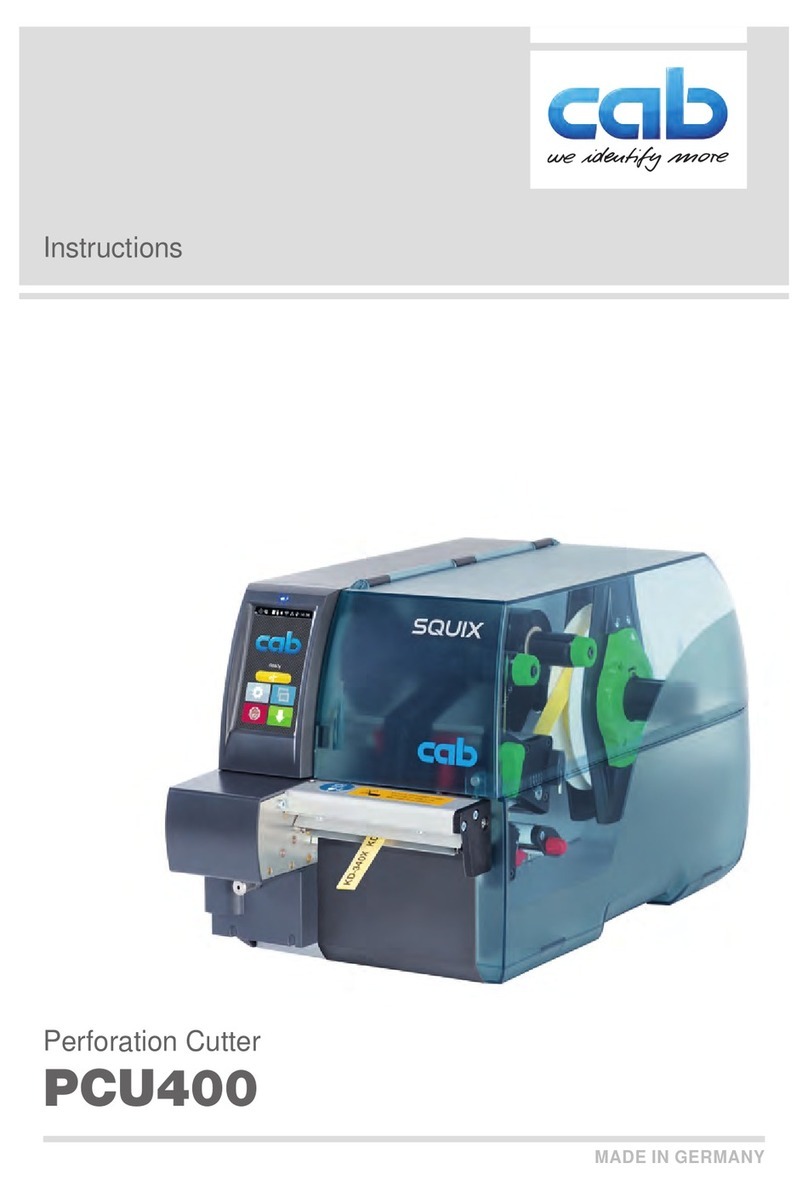
8
-Keep this machine beyond children's and unauthorised persons' reach. Avoid
their presence while working.
-Observe the working area. If any person, children or animals approach while
cutting, then stop working immediately.
-Before working learn all functions of individual controls and safety elements
and carry out functional checks before any use.
-Make sure if necessary operating and ancillary space is free and safe.
-At work in residential zones use the machine in accordance with regulations of
the local authorities to avoid disturbing of local inhabitants (noise, flying
chips).
-Before working make sure if the bottom edge of the adjustable guard covers
the cutting head properly.
-While working keep an eye on chips gathering behind the cutting head. In case
of excessive accumulation, stop the engine and wait for running the head out.
When the head stops, remove excessive chips.
-This manual describes problems and faults that may occur at work and that
could be remedied by an instructed person. In case of other problems and
faults do not hesitate and contact the manufacturer. He is always ready to help
you.
-Do never any technical changes or any actions that are neither given in this
manual nor allowed by the manufacturer. This machine, if not correctly
installed or adjusted, may run without problems now but in the future any of
important parts could get out of order or do fatal damage.
-For replacement of worn or damaged parts use always original spare parts
only.
-The manufacturer does not bear responsibility for any damages or injures to
the third persons, or to other equipment, resulted from disobedience to
instructions given in this manual.
-Do not put any objects or tools on the machine.
-Do not leave the machine unattended – turn the fuel cock off.
-It is strictly forbidden to start working with removed guards, particularly with
a missing rear guard of the cutting head or if this guard does not cover the head
properly. When handing the machine over to another person make sure if all
controls, guard emergency switches and other safety elements are complete,
functional and properly installed. They serve for your safety.
-Always after work clean up all parts of the machine (brush, cleaning rag).
-Any actions or servicing on the machine are allowed to be done only if the
engine is turned off and the given machine should be blocked properly against
unwished motion (scotch blocks, supports).







